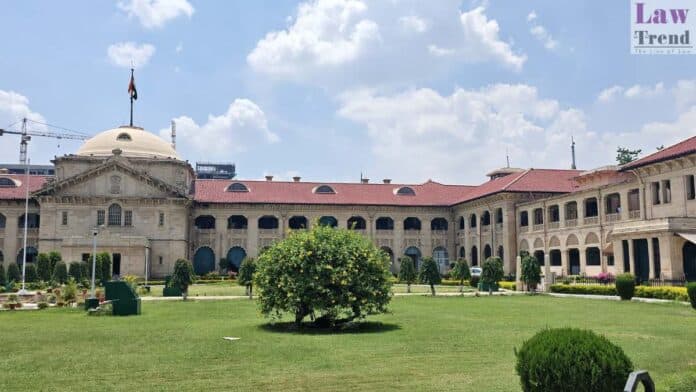LUCKNOW: In a significant ruling on sentencing law, the Allahabad High Court has allowed a writ petition filed by a convict, Santosh, and directed that his prison terms in six different cases run concurrently. The petitioner was facing a cumulative sentence of nine years after being convicted and sentenced to one year and six months
To Read More Please Subscribe to VIP Membership for Unlimited Access to All the Articles, Download Available Copies of Judgments/Order, Acess to Central/State Bare Acts, Advertisement Free Content, Access to More than 4000 Legal Drafts( Readymade Editable Formats of Suits, Petitions, Writs, Legal Notices, Divorce Petitions, 138 Notices, Bail Applications etc.) in Hindi and English.




